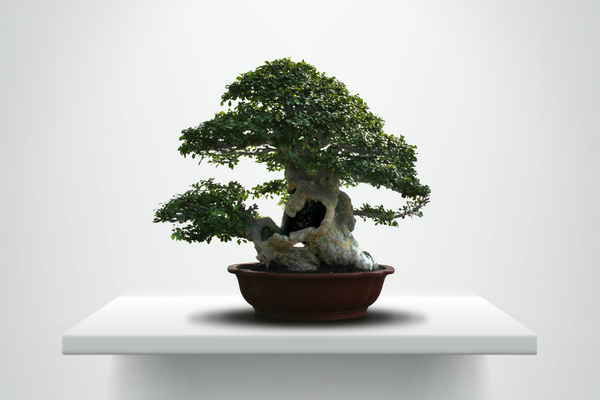

"No matter what I am, it's a duty to pass down a key component of our traditional culture," Tan says, smiling.
The Suzhou-style penjing cultivation technique was listed as a national-level intangible cultural heritage in 2011.
"Without penjing, Suzhou gardens wouldn't be as charming as they are today," he says. "Once construction of a garden is completed, its buildings, rockeries and waterscapes are set, but planting (one of four key elements of Suzhou classical gardens) can grow and change.
"That makes gardens lively," he adds. "More importantly, no matter how small a piece of penjing is, it has almost all the features of a life-size Suzhou garden."
The history of penjing can be traced back to the Tang Dynasty (618-907), according to Tan, when the great poet Bai Juyi, once serving as an official in Suzhou, used some stones to create miniature landscapes in pots. Fan Chengda, a local Song Dynasty (960-1279) poet had already made Suzhou penjing famous, creating them to mimic mountains and rivers.
Because of that long history, Suzhou-style penjing is often seen as a fundamental school of Chinese tray planting art, which later greatly influenced its counterparts in Japan, on the Korean Peninsula and in Vietnam.
"Reviewing its origin, you can see how closely Suzhou penjing was connected with the aesthetics of the Chinese literati," Tan says. "Their refined artistic taste has dominated the guiding ideas for designing patterns of such plantings."